RE MAKE: A First Year Exhibition
This February, first-year students were invited to apply to their first collective exhibition at Galerie D, the school’s gallery located in the heart of the Fondation Fiminco. The theme of the exhibition was “Remakes,” echoing both the last assignment of Integrative Studio and Seminar 1, and a current culture trend in music and film. First-year students proposed a rich variety of works, from photos to performances and interactive objects.

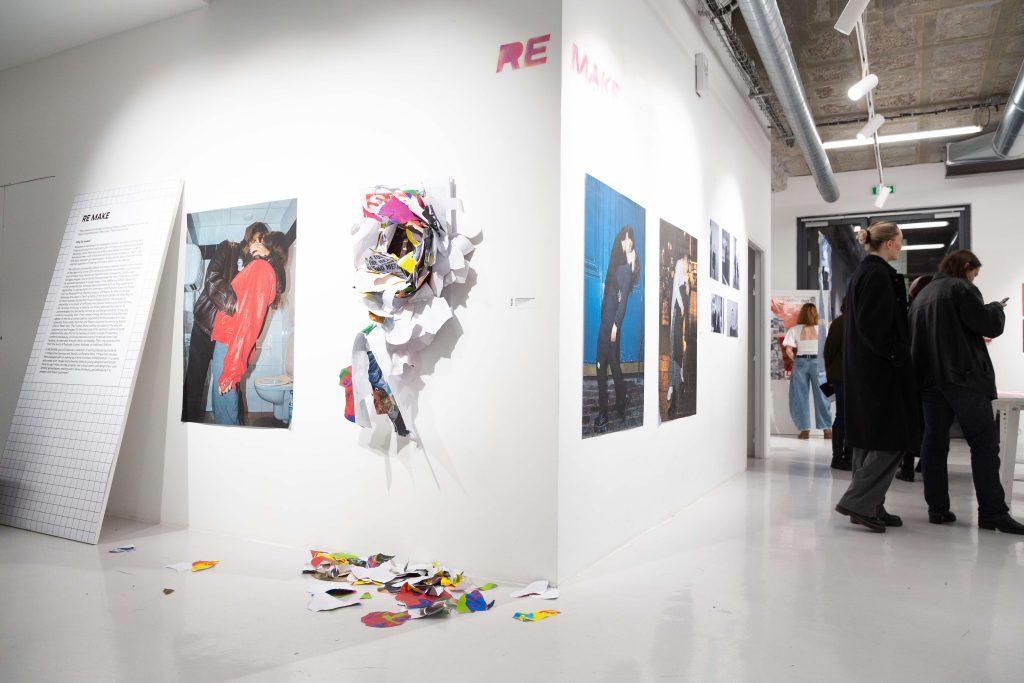
A Collective Process
For this exhibition, participation was optional after an application and selection process, 29 students got to show their work due to the high quality of the applications. Once this step was completed, the organization mixed committee faculty, staff and students composed of Director of First-Year and Integrative Seminar instructor Emmanuel Cohen, Integrative Studio instructor Anne Attali, gallery coordinator Amanda Lewis and all the participant students got to work on the following steps: curating the show in situ, designing the show’s visual identity and installing the works.
Learning curation first hand
Students were invited to participate in two workshops conducted by Amanda Lewis, Emmanuel Cohen, Anne Attali and Clarisse Labro (Integrative Studio) to learn about curation, from theory to practice.
The first workshop presented the students with a general history of curation and some of its main aspects, from displaying artworks in the space, to thinking about story telling in the white cube and anticipating the viewers’ experience.
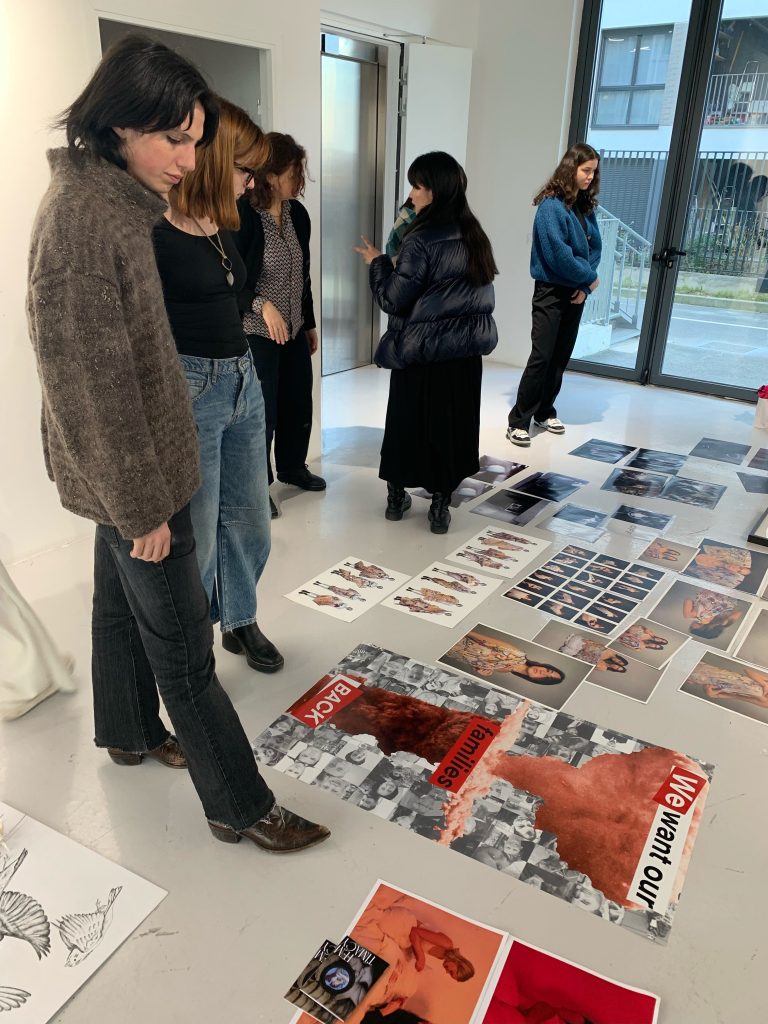


One unforeseen challenge for this exhibition that first-year students had to overcome was the important number of prints for the wall space available. As a large number of the projects submitted were photographic series, making the best use of the gallery became synonymous with editing down some of the submission to give all of them enough space to be seen. By placing the works on the ground first, everyone started to see where the strengths of each works were and the workshop quickly moved on, with students proposing new versions of the projects with less visuals while suggesting placements.
The second workshop was dedicated to installing the works in the gallery. Participants familiarized themselves with fundamental tasks and learn how to use:
- the laser level to align the works on the wall,
- power tools to attach shelves on the wall and drill holes,
- spray paint and stencils to design the title of the exhibition,
- InDesign to design labels and booklets, the booklet printer as well as the plotter printer to print large formats.


Overcoming challenges through risks taking and creativity
Objects offered another type of creative challenge, as some were designed to be touched and played with while others were too fragile to be handled by the visitors. These types of constraints are usually addressed orally by the students during classroom reviews, but in an exhibition, artists and curators need to anticipate how they want their work to be seen and experience in their absence, forcing them to adapt the mode of display to the envisioned type of interaction. Different strategies were explored: some shared process and demo videos in the media room, others left on the ground the traces of their performance as a way to complement the piece of the wall, while certain groups opted for more interactive solutions, ranging from the accompanying their work with a list of directions addressed to the audience or using a non invasive hanging system to allow viewers to touch and play with the objects in the space.
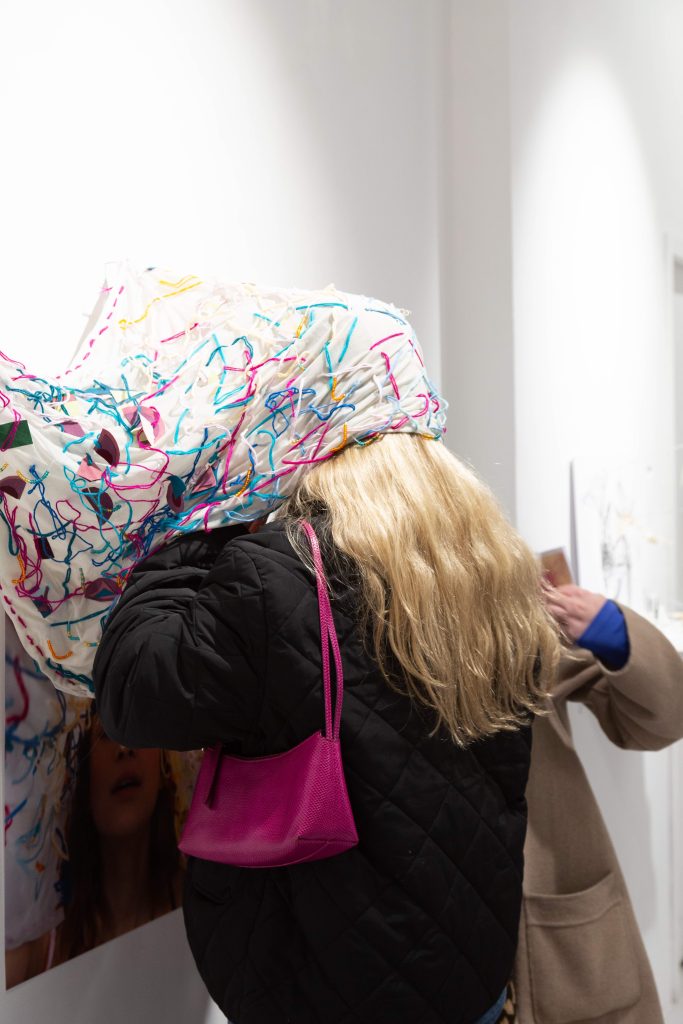
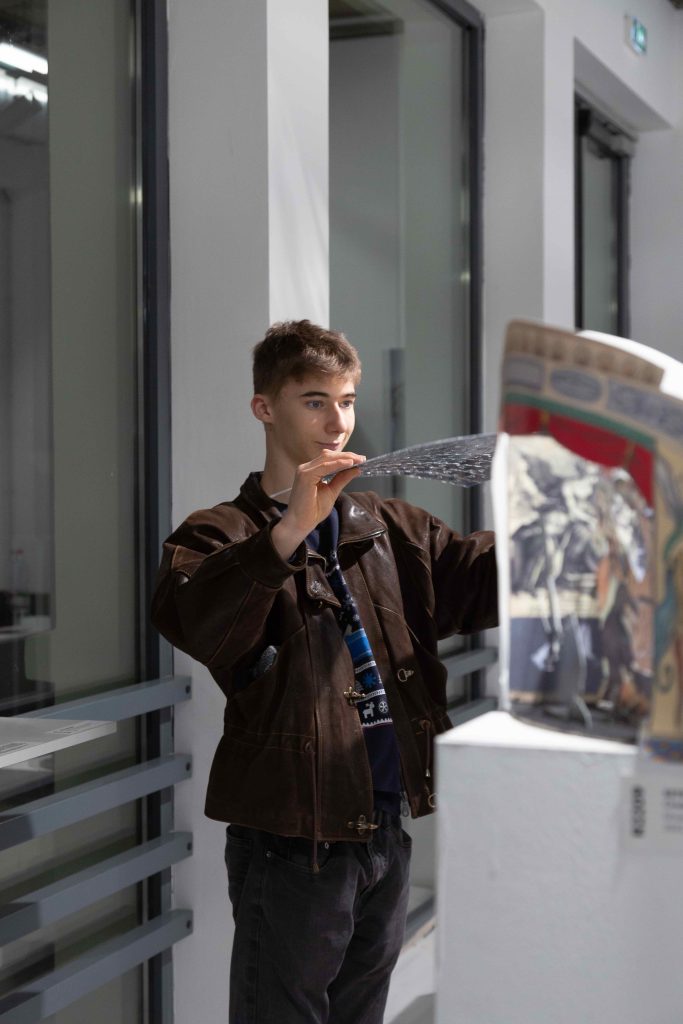

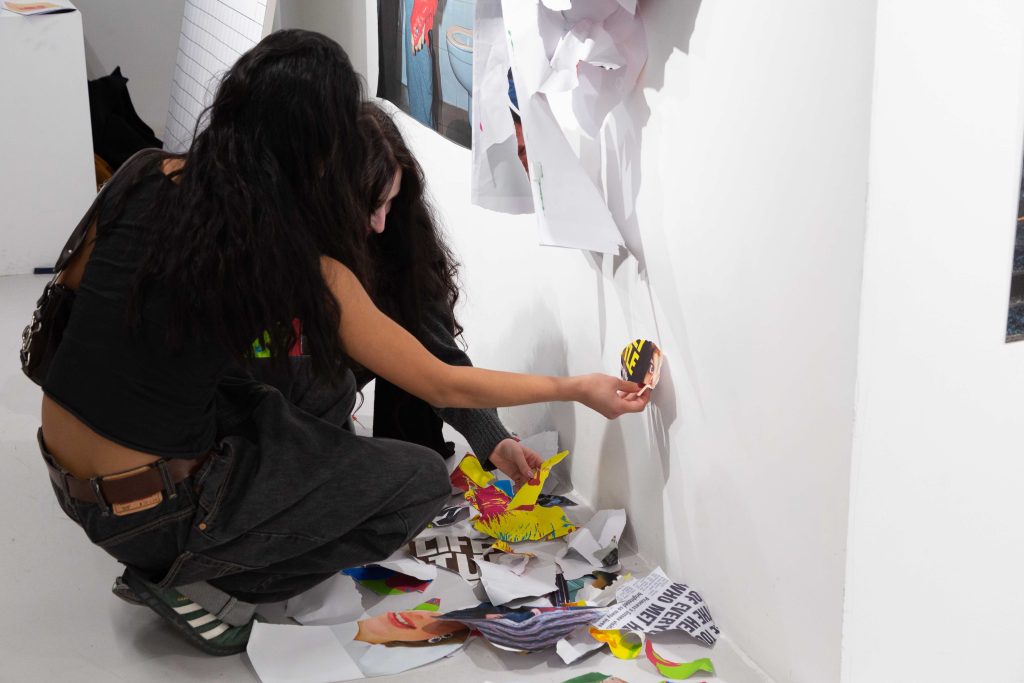
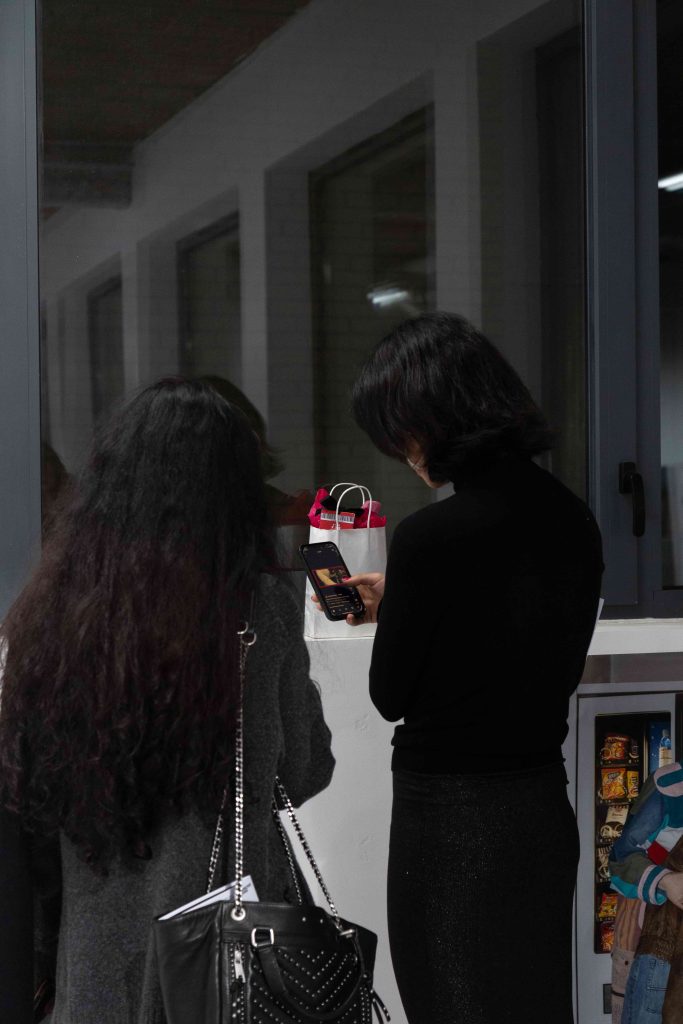

Exhibition’s Argument
“The artwork is no longer an end point but a simple moment in an infinite chain of contributions.” (Bourriaud, Postproduction:14)
Why Remakes?
Remakes or remaking is an ambiguous concept. It is also a practice that informs art education and history. For art historians, remaking can evoke the study copies that aspiring artists were tasked to produce in order to familiarize them with traditional techniques and composition. Seen under this light, remakes-as-copies appear as educational tools where technicity and the repetition of making practicing are central to the exercise.
More recently, everyday objects and mass produced images have entered the realm of art. Artists such as Marcel Duchamp started questioning the status of the artwork as an original work, exposing spectators to readymades and other re-usages of the real. In the 1980s and 1990S, especially in the United States, remakes took an extreme form as they appeared as duplicates, in a new aesthetic movement known as appropriation art, with major works and controversies raised by artists such as Richard Prince, Sherrie Levine or Jeff Koons. As Rosalind Krauss famously discussed in The Originality of the Avant-Garde and Other Myths or more recently Nicolas Bourriaud in Postproduction, the concept of originality is no longer an efficient one to discuss modern and contemporary art: re using, re mixing, re making are artistic gestures that need to be acknowledged and learned by current art and design students. It may not come as a surprise, then, if the names of Andy Warhol and Cindy Sherman appear in the list of artworks used as inspirations for this project, or critical artworks, from artists from the Arte Povera movement to works by Sophie Calle or Peter Weir (The Truman Show) calling into question the way we consume art and images. On the other side of the spectrum, some students embraced the idea that art re making can foster a sense of happiness, comfort and beauty. Their inspirations come from the work of Toulouse-Lautrec or Matisse, to name a few.
In RE MAKE, you will discover a selection of works produced by students in Integrative Seminar and Studio 1 at Parsons Paris. In these two courses, students engaged with remaking as a form of critical reinterpretation. In a world saturated with images and artworks, what do young designers and artists have to say? How can they propose new critical works and design their own artistic genealogies, that is making with a sense of history, yet addressing it to present and future audiences?
TAKEAWAY LESSON
The RE MAKE exhibition provided students with a professional-level opportunity to show their work as well as reflect on the best way to display it in the context of a collective exhibition. It was not always an easy process as it involved scaling down some of their projects to adapt to spatial constraints and a new context. Yet, it reinforced their understanding of the role of the display as well as the variety of options at the disposal of artists and designers to convey complex messages using images, objects, space, and text.
Congratulations on the participants for their hard work and success!